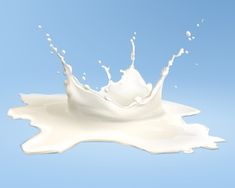Zane is the main preservative protein in corn kernels, soluble in water-soluble ethanol in special concentrations, soluble alkaline solutions (pH> 11) and some anionic soap solutions.
Attention is divided into four main groups: ze-zein, β-zein, γ-zein and δ-zein. ɑ-zein is the most important component of 75% -85% of total corn protein, while β-zein and γ-zein are 10.15% and 5.10%, respectively.
Pure zein is colorless and odorless, but because lutein is attached to the inside of zein, it is difficult to distinguish both with modern technology, so most zein are yellow and red.
Zane can interact with hydrophilic and hydrophobic substances, so it plays an important role in stabilizing food ingredients such as foams, emulsions and dispersions.
Zein contains many amino acids that can form strong intramolecular and intermolecular disulfide bonds in sulfur, as well as hydrophobic bonds between the molecules that form the molecular basis for the membrane-forming properties of zein. After the liquid of the Zein membrane is covered by the process of film formation, the concentration increases with the liquid vapor, and the Zein film is gradually formed. The protein film not only has good water vapor and oxygen properties, but also good water and oil properties. It can be used in food storage, packaging and medicine storage areas and has a protective effect against bacteria, which prolongs the life of food. Shelf life is widely used to protect food and packaging.
Zane has great potential for making edible packaging because it breaks down toxic and harmless proteins and intestinal microbes.
Different treatments can take full advantage of the different properties of gliadin and effectively improve its range and function. For example, the addition of additives such as colors and spices improves the appearance and feel. In addition, the addition of some plastics can improve physical and chemical properties such as heat resistance, acid resistance and alkali resistance; Add lysozyme and other safe non-toxic bacteria. It can also improve the protective effect of food caused by microorganisms.
